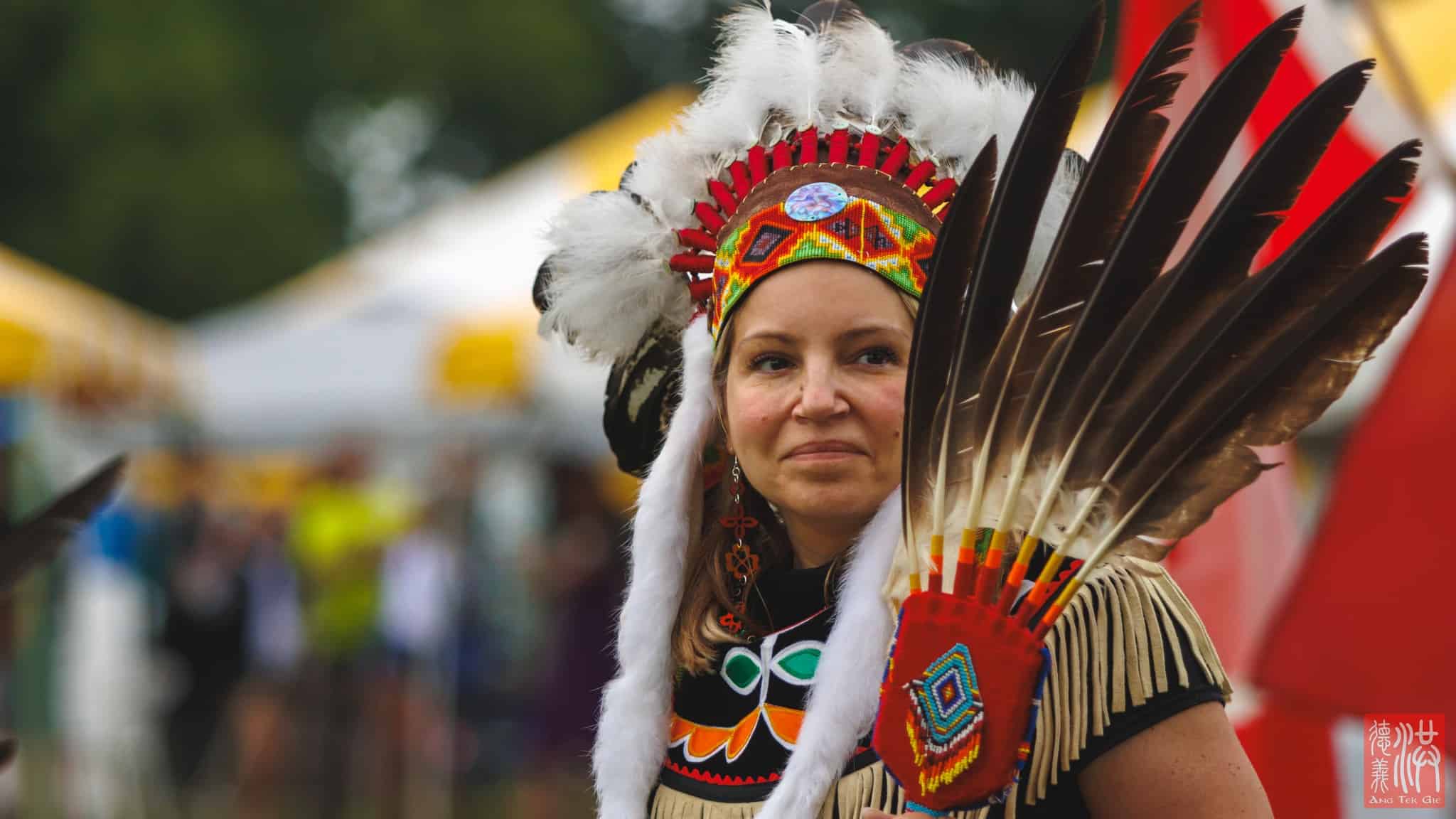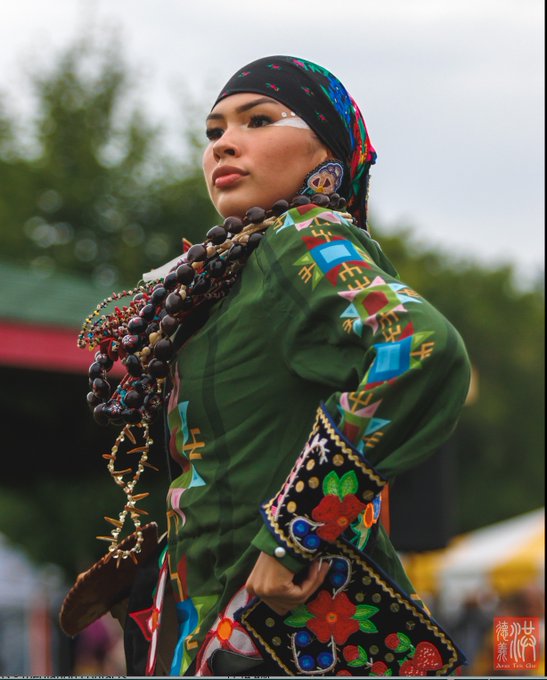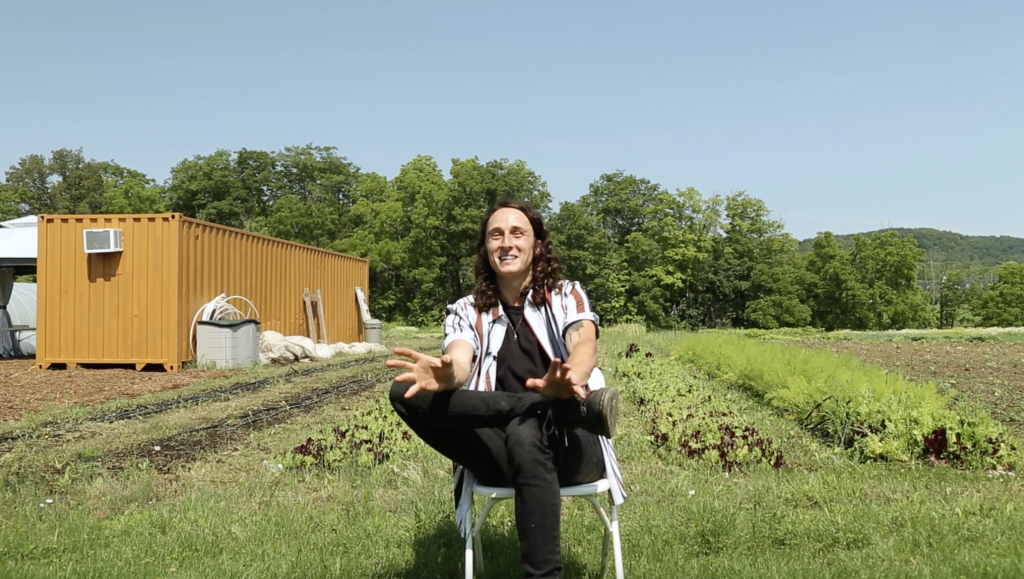Mississaugas of Scugog set powwow dates for this summer
Published April 26, 2024 at 10:05 am

The Mississaugas of Scugog Island First Nation (MSIFN) are hosting their most significant cultural celebration this summer, their 26th traditional powwow.
Typically every year, though with a few skipped due to the COVID-19 pandemic, the MSIFN invites the community to their powwow grounds at 22521 Island Rd in Port Perry. This year the powwow falls on July 20 and 21.
The MSIFN describes their powwow as featuring “a variety of traditional ceremonies, dances, and songs, and an opportunity for Indigenous people to come together to celebrate life, honour people past and present, and share part of our culture with others from across North America.”
The powwow serves to celebrate Indigenous cultures as “dynamic events” showcasing the drums, dance, regalia, food and crafts of Indigenous Peoples and Nations “all across Turtle Island, the land otherwise known as North America,” according to Destination Indigenous.
Everyone is welcome to attend the powwow
While a celebratory event, the powwow is not a party. As such no drugs or alcohol are permitted inside the grounds. Attendees are expected to maintain a respectful air, particularly during the opening prayer. An Elder always performs these with a drum.
Additionally, guests are reminded to be respectful of the regalia worn by performers. This regalia should never be referred to as a costume. The MSIFN describes regalia as “an intimate and symbolic reflection of their spirit. These items hold special meaning to the dancers and should be treated with the utmost respect.”
“Regalia are significant to both personal and cultural identity. They tell a story, transmit heritage and serve as badges of honour. Regalia can reflect an individual’s connection to their ancestors, family members and clan,” per the Canadian Encyclopedia, “The making of regalia is a deeply personal and labour-intensive act that reflects the complex craft patterns and skills of Indigenous artisans.”
Under the Indian Act, Canada’s native peoples were largely forbidden from wearing or making regalia from the late 1800s until the 1950s. Much of the regalia seen today is the result of decades of activism starting in the 1960s to reclaim this cultural heritage and reconstruct designs.








